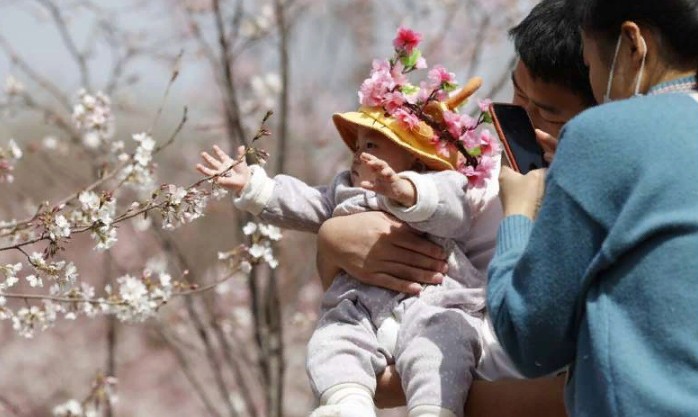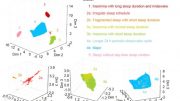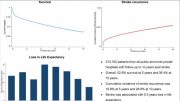According to official figures released Monday, the number of newborns born in China decreased again last year, putting more pressure on the governing Communist Party’s objectives to expand national wealth and influence with a workforce that has been declining for a decade.
According to the government, 10.6 million kids were born in 2020, down from the 12 million predicted earlier.
According to the National Bureau of Statistics, the total population was 1.413 billion by the end of 2021, up 480,000 over the previous year.
The ruling party’s objectives to promote technology and self-sustaining economic growth based on consumer spending rather than exports and investment could be jeopardized by the drop in birth rates.
The drop in population growth has led to worries that China, whose economic production per person is below the world average, may be facing a “demographic time bomb” with insufficient workers to sustain an aging population.
Since 1980, the ruling party has imposed birth caps to reduce population increase and protect resources. However, leaders became concerned when the working-age population peaked at 925 million in 2011 and began to decline sooner than expected.
Beginning in 2015, authorities relaxed birth restrictions. High prices, tight housing, and workplace discrimination against moms, however, deter couples.
The official working-age population, defined as those aged 16 to 59, fell to 882.2 million, or 62.5 percent of the overall population, down from 63.3 percent in the 2020 census. This compares to 70.1 percent a decade earlier.
Working-age people might account for half of the population by 2050, according to demographers.
In 2020, there were 267 million persons aged 60 and above, accounting for 18.9% of the total population, up from 264 million in 2020.
The impending labor scarcity coincides with President Xi Jinping’s government’s increased military spending and aspirations to establish worldwide competitors in electric automobiles and other technology.
Japan, Germany, and a few other wealthy nations have a similar problem of maintaining older populations while employing fewer people. They can, however, rely on factory investments, technology, and foreign assets. China, on the other hand, is reliant on labor-intensive agriculture and manufacturing.
In 2015, the party took its most significant step forward when regulations prohibiting many couples from having more than one child were relaxed to allow for two.
Prior to the one-child policy, China’s birth rate was already declining, mirroring trends in South Korea, Thailand, and other Asian economies. According to the World Bank, the average number of children per mother fell from above six in the 1960s to below three by 1980.
Official birth limits, according to demographers, masked a further reduction in the number of children per family.
The one-child limit, which was imposed with the fear of fines or job loss, resulted in abuses such as forced abortions. Parents killed baby girls because they preferred sons, causing fears that millions of men would be unable to find a wife and creating social strife.






Find your Marc Jacobs favorites at discounted prices at the marc jacobs factory outlet online.
Very interesting subject, regards for putting up.Blog monetyze